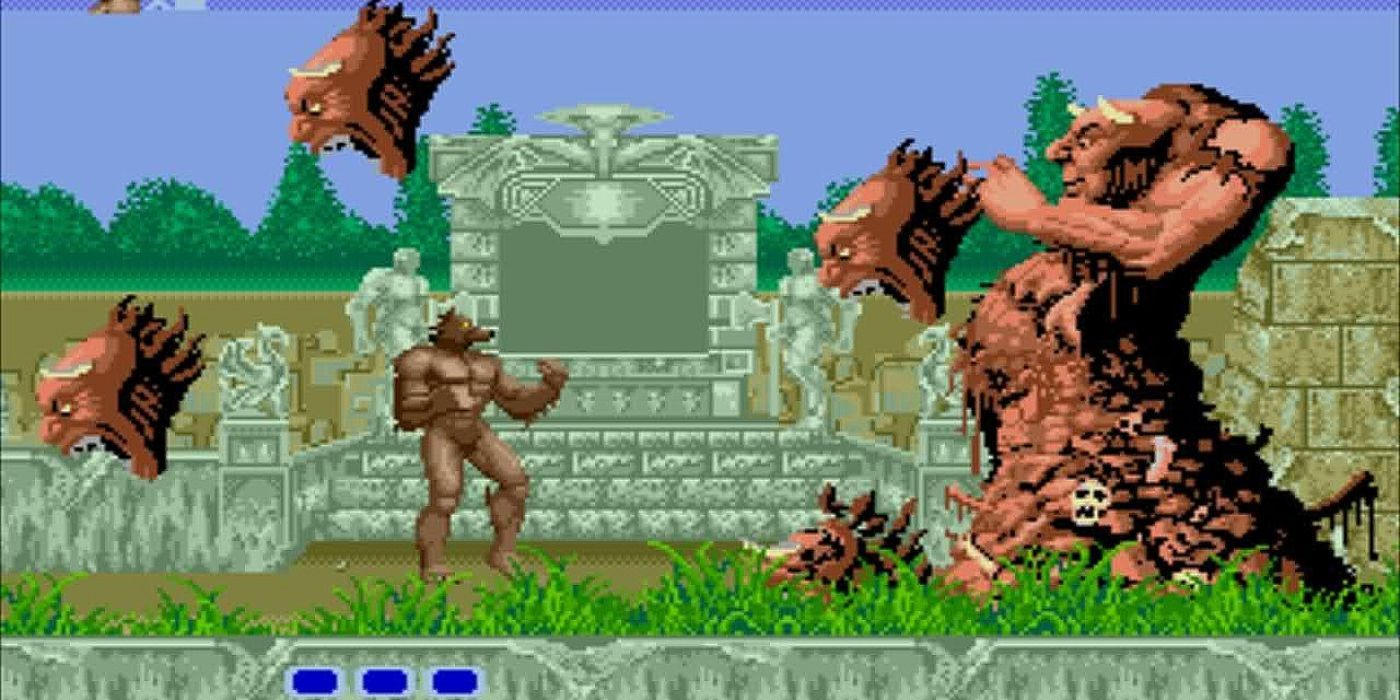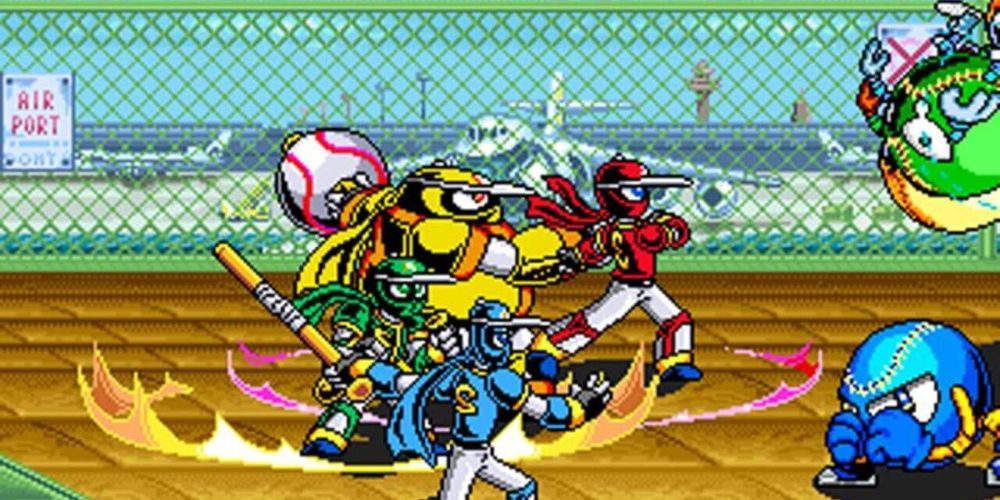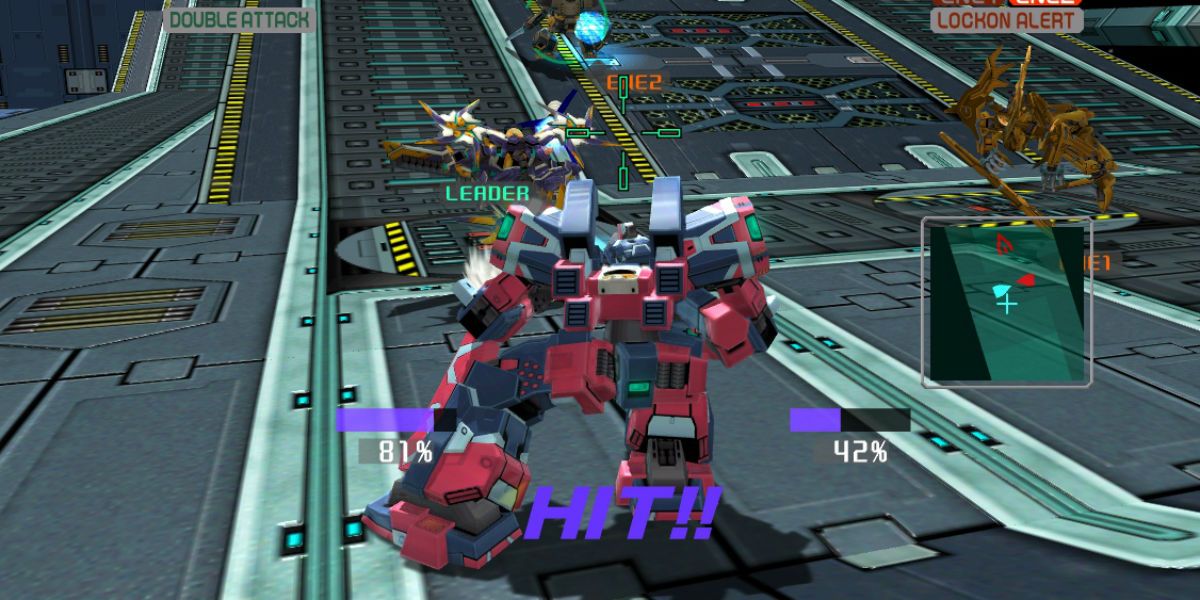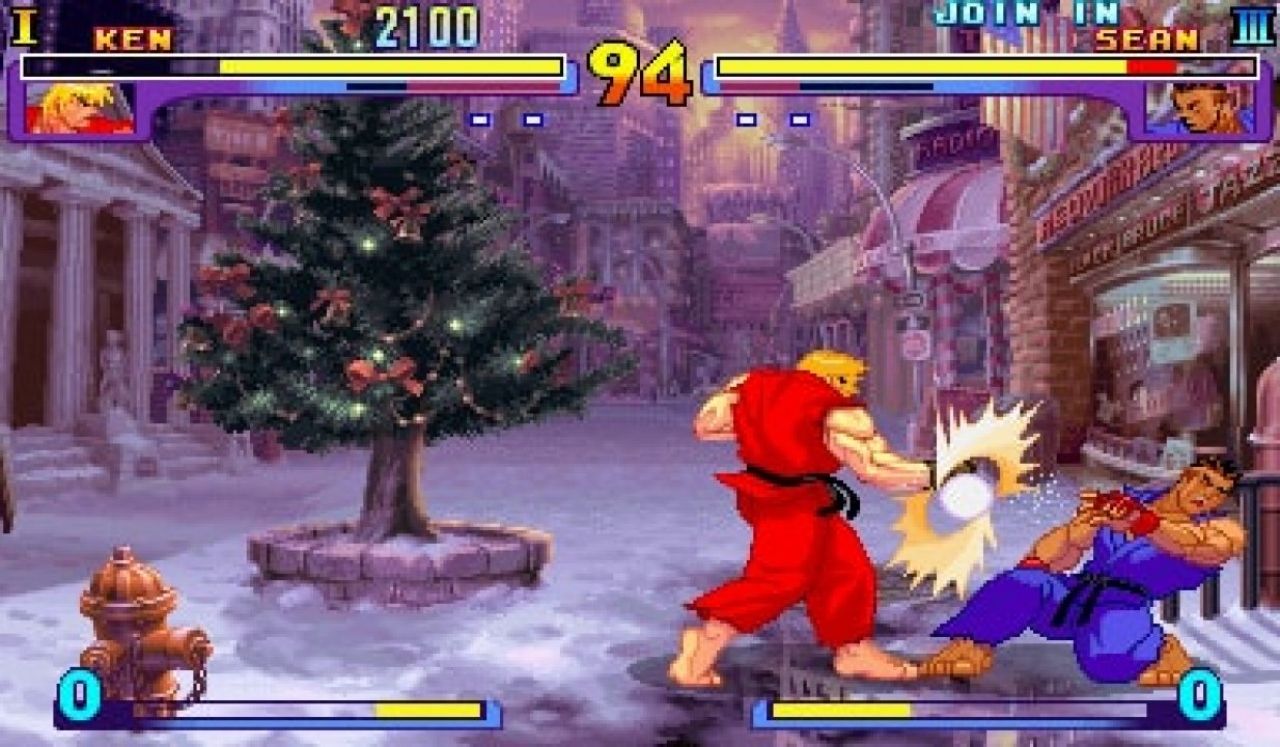There was once a time when arcades ruled the gaming industry. However, When home consoles became more powerful, the prospect of making the trek to the arcades and getting fleeced out of quarters obviously didn’t appeal to gamers.
While the arcades are no more, their spirit still lives on in the indie gaming scene, and many of them have seen re-releases on modern machines. Some of these titles were major hits in the arcades, but lacked the lasting appeal needed for a home setting. Others were outstanding titles ignored in the marketplace for reasons beyond the developers’ control.
10 Wild West C.O.W.-Boys of Moo Mesa Was Outgunned
Wild West C.O.W.-Boys of Moo Mesa
was another example of Konami taking pre-existing properties and making solid action titles out of them. The game was based on a short-lived animated show created by Ryan Brown of
Ninja Turtles
fame. The game played like a spiritual successor to Konami’s other wild west run & gun,
Sunset Riders
.Unlike the gunslingers in that game, these cowpokes could take three bullets before they met the undertaker. Unfortunately, the game didn’t meet the same level of success as Konami’s other arcade titles – possibly because of the more obscure source material.
9 Midway Failed Their Mission In Spy Hunter II
Spy Hunter II didn’t get a console port during its initial release, but few would lament its absence. The game shifted the original’s top-down perspective for a more modern view from behind the car. Unfortunately, this proved woefully inadequate for the driving and shooting gameplay. As a result, George Gomez, the designer of the original Spy Hunter, criticized the sequel.
While he commended its graphical ambition, he said it was the product of “someone enamored with a look as opposed to whether something is fun.” Over a decade later, the game finally saw a console release on Midway Arcade Treasures 2 to a similar negative reception.
8 Jamie Doesn’t Have A Gun In The Home Version Of Revolution X
Revolution X was a lightgun arcade title developed by Midway’s arcade division that featured music and cameos from the band Aerosmith. The gameplay pretty much followed the same formula as their prior quarter muncher based on James Cameron’s T2 Judgement Day. While it garnered some success during its initial arcade release, the home versions stripped the title of the presentation and sound quality that saved it and even eschewed lightgun support.
These changes took the shine out of the game and showcased the title’s biggest weaknesses. Because of the poor reviews, Midway canceled a proposed follow-up featuring the band Public Enemy.
7 Altered Beast Went Back To Its Grave
Even during its initial arcade release, Altered beast wasn’t the most well-regarded beat ’em up. The Genesis port of the game was pushed as an arcade-perfect conversion, but it really wasn’t. Voice clips were far more compressed, and the visual fidelity took a considerable step down.
For a while, the game was included for free with the Genesis console, but lukewarm reviews and its potentially offensive themes led Sega to replace it with Sonic the Hedgehog. While the blue blur would speed off into gaming superstardom, Altered Beast would never really rise from its grave.
A spiritual successor of sorts to the beat ’em up Armored Warriors, Cyberbots Fullmetal Madness shifted genres to a one-on-one fighting game. In Japan, the title performed very well, even more than Sega’s 3D polygonal Virtua Fighter. However, Western critics were less impressed, with some publications criticizing the title for not meeting the same quality as Capcom’s other fighters.
While the game saw ports to the PlayStation and Saturn, none of them found their way stateside. However, jin Saotome and Princess Devilotte de Deathsatan IX would later make appearances in the Marvel Vs. Capcom titles.
5 Battletoads Arcade Ramped Up The Violence
Since this installment was developed solely for the arcades rather than home consoles, Rare had greater freedom when developing this installment of the Battletoads franchise. Free of Nintendo’s censorship policies, this title boasted a greater level of violence and salacious content. For example, enemies were dispatched with exaggerated bloodshed and decapitations.
The game was also free of the hardware limitations of the considerably less powerful 16-bit machines such as the Super Nintendo. Unfortunately, the game was pretty much ignored in the arcades. However, the experience helped Rare when it came to developing another over-the-top coin-op – Killer Instinct.
4 Ninja Baseball Bat Man Struck Out In The West
From its bizarre and borderline copyright infringing name to its outlandish visuals, Ninja Baseball Bat Man is a beat ’em up that must be seen to be believed. Taking the role of four color-coded ninjas armed with bats, players combat cartoony hostiles such as anthropomorphic balls, jet planes, and even baseball cards.
Drew Maniscalco conceived the game and characters, and Irem’s American division developed the title. Maniscalco took inspiration from the Teenage Mutant Ninja Turtles and the then-upcoming Batman Returns. While the game proved popular in Japan, it floundered in Western arcades.
3 Virtual On Cyber Troopers Saw Release On A Dying Console
Virtual On Cyber Troopers was an arcade 3D arena fighting game where players piloted giant robot mechs. In a Herculean feat by Sega’s Am3 division, the game saw a somewhat faithful port to the considerably less powerful Sega Saturn hardware. Unfortunately, by this time, the aforementioned 32-bit console’s fate was sealed, and gamers were far busier with their Nintendo 64s and PlayStations.
What’s more, critics found that while the game proved fun for a brief session in the arcades, it lacked the longevity needed for a home platform. A later PlayStation 4 port of the game would be released exclusively overseas.
2 Street Fighter III The New Generation Was Down But Not Out
The game came out when the market was obsessed with 3D graphics and largely regarded 2D visuals as antiquated. Additionally, a home port of the title was out of the question since the game’s many intricate animations would undoubtedly see severe cuts on the considerably less powerful PlayStation hardware.
These factors led the title to become a massive commercial failure which in turn caused Capcom to abandon the fighting game genre for several years. Fortunately, the game would receive a new life in the form of its astounding home ports for consoles that could do the title justice.
1 Clockwork Aquario Was Locked Behind A Vault For Years
Clockwork Aquario, the cartoony side-scrolling action game, was developed by Westone and originally slated to be published by Sega. Gameplay was reminiscent of Capcom’s Chip & Dale Rescue Rangers, where players could pick up enemies or even their companions to toss. However, due to poor focus testing and the rising demand for 3D action games in arcades, Sega decided to cancel its intended 1994 release.
Many years later, Strictly Limited Games would manage to negotiate the rights from Sega and grant the game an official release on modern machines. While the game received a mixed reception from contemporary critics, it’s good that this title finally saw the light of day.

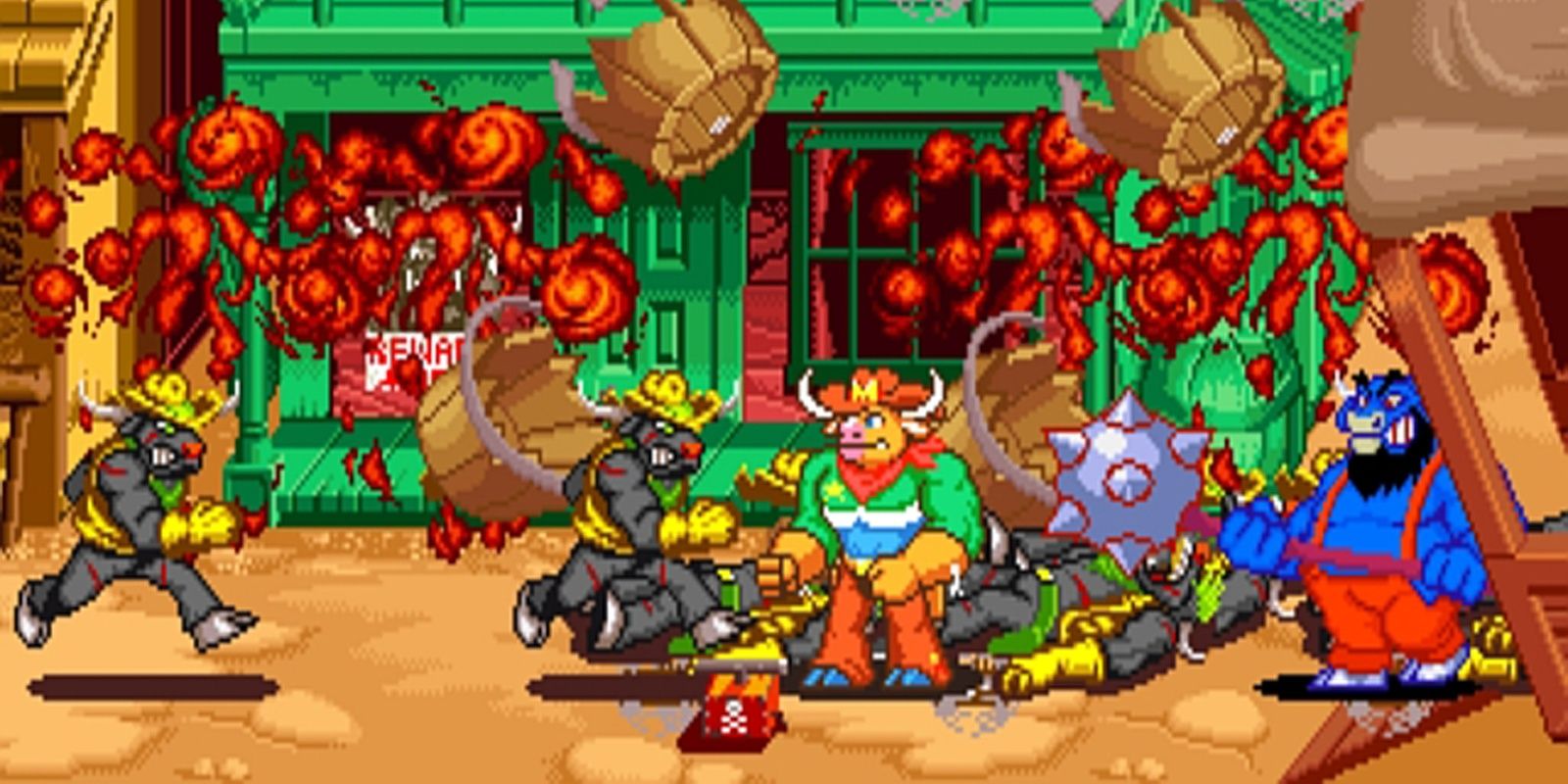
.jpg)

